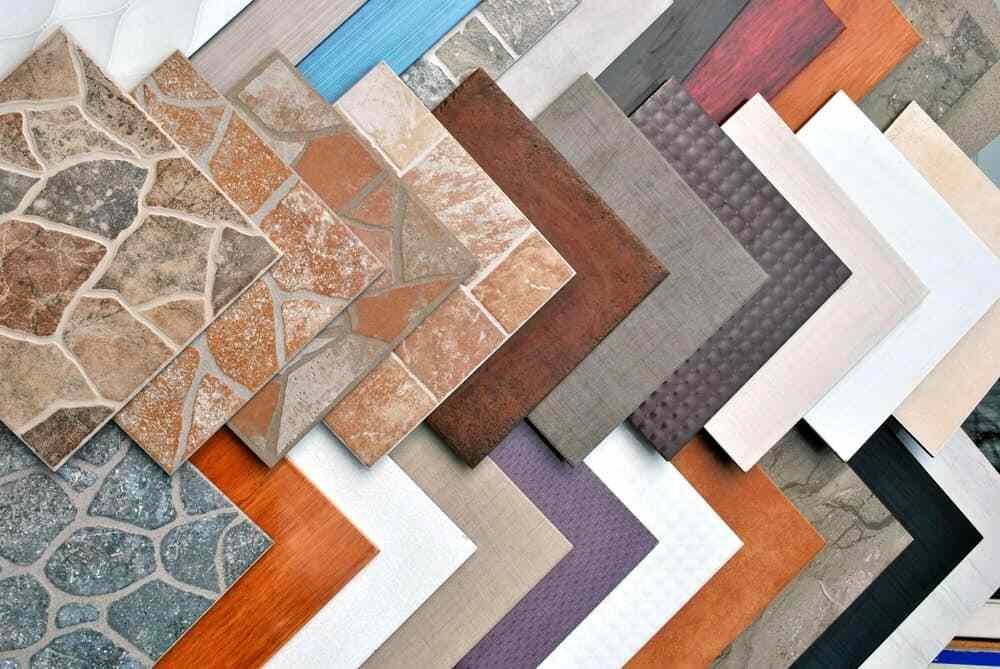The tiles can significantly influence the overall design and feel of your home. Adding dimension, texture, and color to walls, floors, and even worktops, tiling may improve any room’s aesthetic appeal. In addition, they are an excellent way to inject individuality and character into otherwise uninteresting places.
Additionally, tiles are available in various sizes and shapes, so they can produce diverse effects depending on how they are used. Large-format tiles, for example, can make tiny rooms feel larger by minimizing the number of visible grout lines. Still, detailed mosaic designs can lend depth and intrigue to any surface. With so many trusted brands to choose from, you might want to visit https://tiento.com.au/.
The durability and ease of cleaning of tiles are further practical advantages. Moisture-resistant ceramic or porcelain tiles are ideal for bathrooms or kitchen areas where spills are more common. Additionally, due to their durability, they will outlive other flooring materials like carpet and hardwood that need frequent upkeep.
The Various Types of Tiles Offered
Porcelain tiles are more likely to be denser and more durable than ceramic tiles, which are also considered an alternative. Correspondingly, it is better for outdoor applications as it will be subjected to harsh weather conditions.
Mosaic tiles allow you to get creative by combining smaller pieces into intricate patterns or designs. They work well for accent walls or a backsplash. Of course, these little sinks are advantageous because their size allows for greater detail than more extensive options like subway-style tiling.
Cement tiles offer a perfect vintage look if you’re going for rustic charm. They’re available in various geometric patterns with vivid colors that give any room an artistic touch.
With so many choices, it may seem overwhelming initially, but take some time exploring the different types of materials before making your final decision!
The Positive Aspects of Tiles
Tiles have numerous advantages, making them an ideal alternative for embellishing any property. They are durable and simple to maintain. Tiles can be placed and held with little maintenance, lasting many years without deterioration.
Aside from their endurance, tiles are varied in terms of design options. Homeowners may easily choose the ideal tile solution to match their individual style preferences because of the vast array of colors, textures, forms, and sizes that are now readily available.
The Best Places to Buy Tiles
When purchasing tiles for your home, various options are available. To begin, look into local tile stores in your area. These businesses frequently feature a broad choice of options and trained employees that can assist you in selecting the best tiles for your needs.
Another option is to search for reputable tile retailers online. You may shop from the comfort of your home thanks to the abundance of online stores that provide comparable pricing and practical delivery options. Before making any purchases, read the reviews and double-check the store’s return policy.
Large home improvements stores also carry a range of tiles that may fit your budget and style preferences. They often offer installation services, saving you time and money in finding a professional installer.
Tile Installation
Setting up tiles can be intimidating, but you can achieve an expert result with the correct equipment and procedures. An excellent place to start is to ensure you accurately measured the space and bought enough tiles to finish the project. Selecting a suitable glue for your substrate and type of tile is also crucial.
Before laying any tiles, it is recommended that you dry-lay them first to check their position and make any necessary adjustments before fixing them permanently into place. When ready to begin tiling, start at the center of the room or wall and work outwards towards the edges.
Apply adhesive evenly to small areas using a notched trowel before pressing each tile firmly into place. Use spacers between each tile for an even gap, allowing grout application later.
Once all tiles are laid, leave them overnight to dry completely before removing spacers and applying grout between each tile with a rubber float tool. Wipe away excess grout with a damp sponge until clean. Need to perform some additional work cutting the tiles you’ve purchased? Browse a range of stone saw blades here to ensure you have the perfect tool for the job.
Remember that installing tiles requires patience and precision—take your time during this process for the best results!
How to Care for Tiles
Caring for your tiles is crucial to maintaining their quality and appearance. Here are some tips to help you keep your tiles in top condition.
First, clean up spills immediately. This will prevent stains from setting and make cleaning easier. Next, use a soft cloth or mop with warm water and mild detergent to wipe down the tiles regularly.
Avoid using acidic or abrasive cleaners, which can scratch the tile’s surface. Instead, opt for pH-neutral cleaners that are specifically designed for tile floors.
When mopping, ensure that you wring out excess water before applying it to the floor, as excessive moisture may seep into grout lines, leading to discoloration or damage over time.
Using steel wool pads on tiled surfaces is critical since they might cause difficult or impossible scratches without completely replacing them.
Conclusion
Homeowners may choose suitable tiles to meet their unique likes and style preferences because of the variety of types, colors, and patterns available. However, select a dependable provider who provides reasonably priced, high-quality items when buying tiles for your home improvement project. Also, be sure that professionals with experience installing various tile materials do the installation.
You’ll be shocked at how quickly those outmoded spaces convert into modern masterpieces if you keep these guidelines in mind, coupled with an eye-catching design strategy integrating attractive tiled finishes throughout your home remodeling trip!
Recommended Posts:









